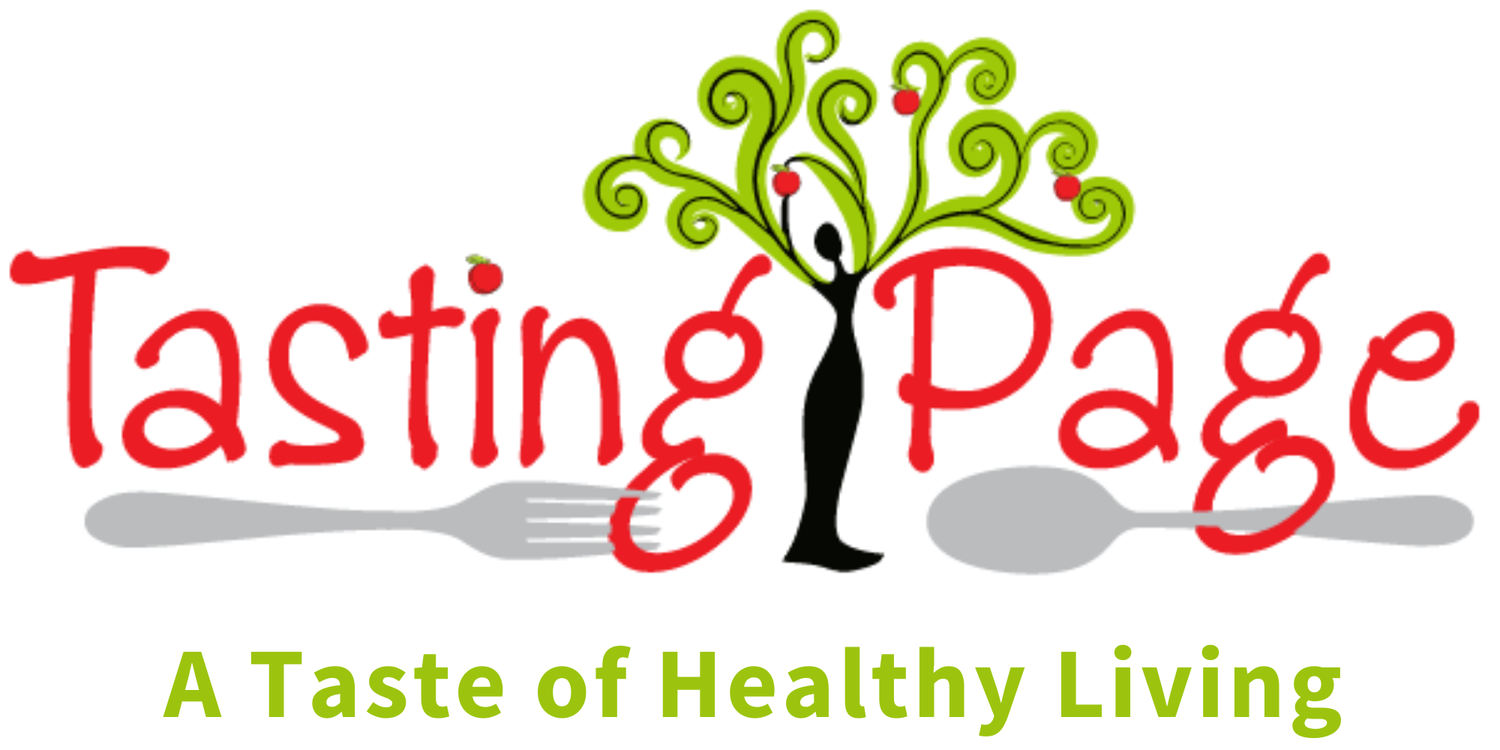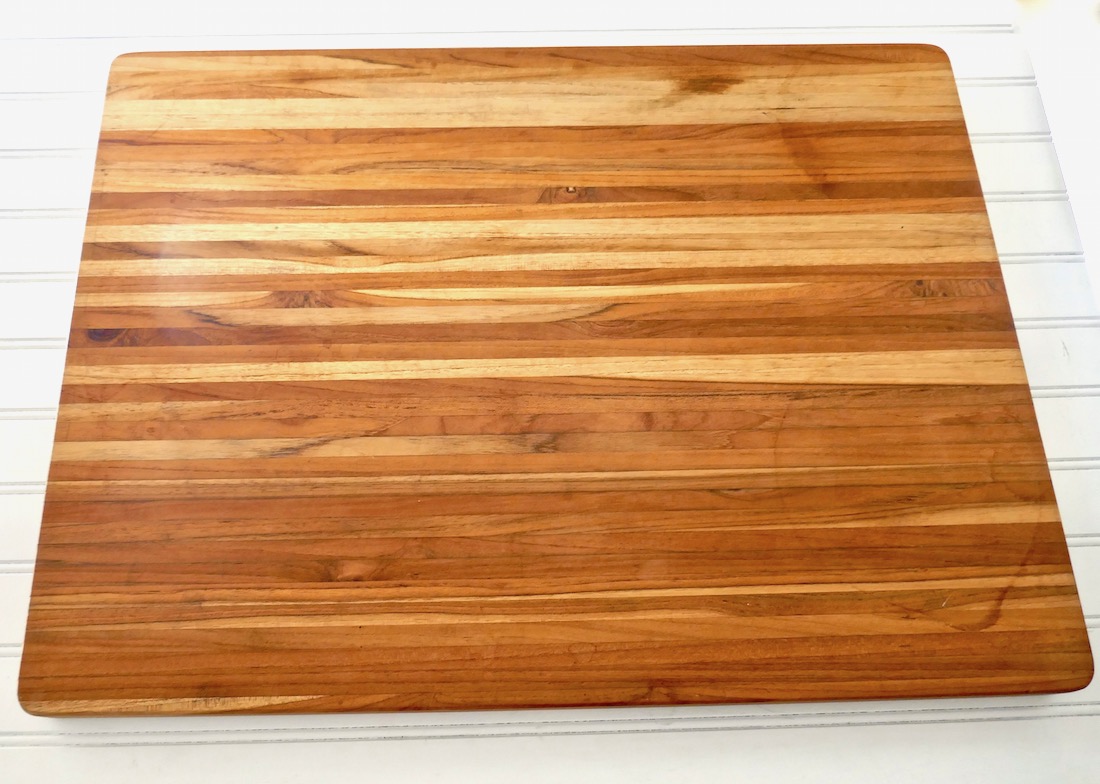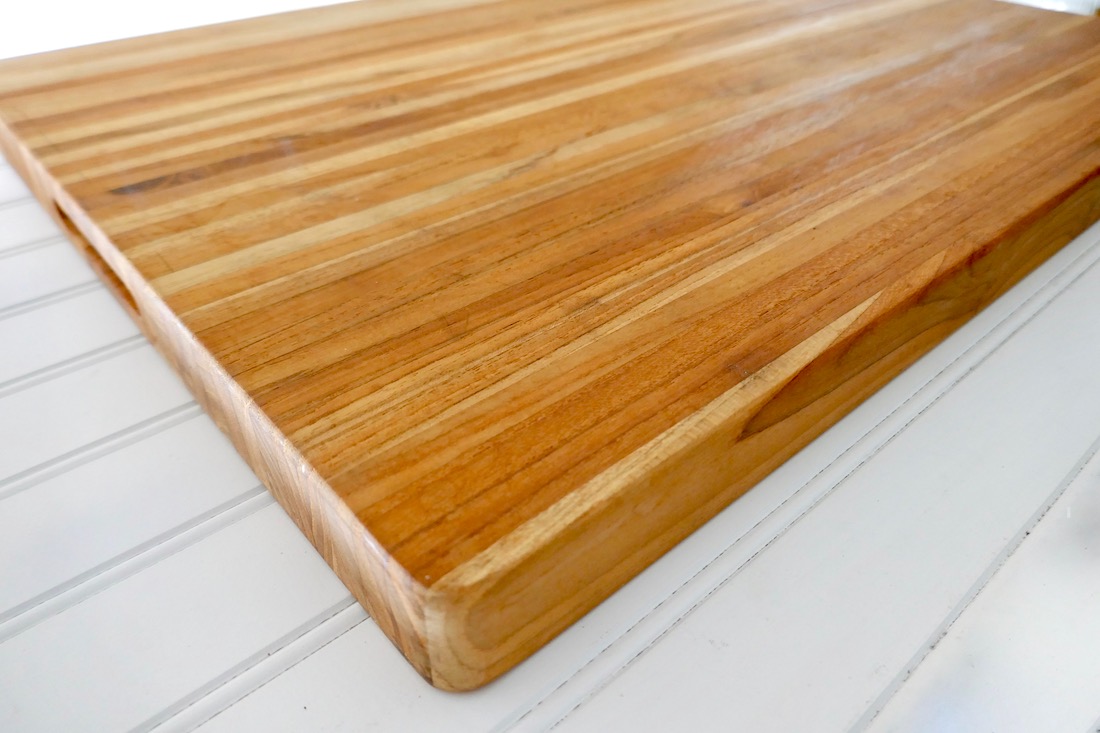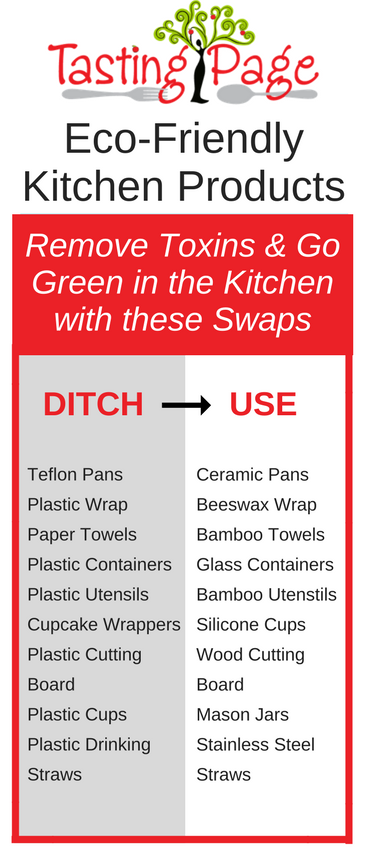Avoid Chemicals in the Kitchen and In Your Body
/As a woman over 40, you want to ensure you’re avoiding xenoestrogens in the kitchen by using toxin-free products. Here are better for your body and the planet, eco-friendly pots, pans, and storage ideas.
(This post contains affiliate links but clicking on them does not change the price for you, but does help offset some operating costs on Tasting Page. Full Disclosure).
Staying healthy requires research and work on many fronts.
There’s the first step of buying and preparing clean food.
You buy organic when it comes to the Dirty Dozen list, the produce that’s been found to have the most chemicals.
Then you make sure to properly clean your fruits and vegetables to remove any pesticides before eating them.
But what about cooking and food storage?
The Xenoestrogen Issue for Women
As a woman over 40 in perimenopause or menopause, you definitely want to ensure that you’re avoiding xenoestrogens in the kitchen by using eco-friendly, toxin-free products.
Xenoestrogens mimic estrogen, but this imitation is not the flattering good kind. They are carcinogenic and can alter the normal function of your existing hormones and lock or bind to other hormone receptors.
Having too many of these xenoestrogens in your system can be lead to estrogen dominance, a problem many midlife women battle.
What’s worse is that this type of pseudo-estrogen gets stored in the fat cells and can lead to cancers, weight gain, and diabetes.
Chemicals in Your Kitchen
If you’re already using organic food to reduce your chemical exposure, you also want to make sure that you’re not ingesting chemicals from the products that you use in your kitchen.
Sadly, all those plastic containers that we’ve been storing our food in and drinking water out of, include BPA and phthalates. You may not know how to pronounce these words, but I can guarantee that you don’t want to be ingesting them.
BPA is found in many plastic water bottles, as well as in canned food. It’s a synthetic hormone that has been linked to breast cancer.
Phthalates are no better and can throw your hormones and thyroid out of whack.
Then there's the environmental impact of plastic. One water bottle will take hundreds of years to break down. There are also issues with animals in the water eating the plastic. We then eat the animal, ingesting more plastic!
Before you bury your head in the sand, as sometimes I like to do when I hear a lot of bad news, there are some good, eco-friendly kitchen products you can use to minimize your toxin exposure.
Here are a few simple swaps to remove the chemicals from your kitchen while working to reduce the xenoestrogens in your body and also protect the environment.
How to Make Your Kitchen Eco-Friendly
Toxin Free Cookware
When Teflon and other non-stick products came on the market, everyone rejoiced at the ease of these products for effortless cooking.
Then came the findings that Teflon, or PTFE, polytetrafluoroethylene, killed pet birds and created flu-like systems in humans. So yeah, there’s that.
If you have Teflon pans and you can see scratches with material flaking off, I’d highly recommend discarding the pans.
Those chemicals can get in your food and then your body.
Don’t worry, there are several green kitchen products that are a much better alternative for healthy cooking.
My personal favorite is Xtrema cookware.
It’s ceramic, sturdy, and easy to use. I have their 7” and 12” and those two skillets cover most of my cooking needs.
You can see the bigger skillet in action in my kale sweet potato skillet recipe pictured above.
I’ve recently started enjoying cooking with cast iron. It maintains even, high heat, and gets better with use.
My Le Creuset Dutch French oven was in fact my actual oven while I lived in Paris. It’s a versatile dish, perfect for soups, stews, chili, and the like. It’s an investment, but it’s a beauty, and a great addition to a green kitchen.
All of these items are good to cook with and don’t add any chemicals or xenoestrogens to your food - a sad thing to have to say but quite important.
Green Storage
So you’re no longer going to put food in plastic storage containers now that you know about BPA and phthalates. And instead of throwing them out and adding to the landfill, use your Tupperware for office supplies or sewing materials instead.
There’s also research that shows even BPA-free containers can still leach chemicals into your food, so I steer clear of all plastics in my kitchen.
I will make an exception for a lid of a glass container, but I always hand wash the lid since high temperatures can break down the plastic.
My kitchen is full of glass containers.
There’s glass pyrex for cooking and storage.
I really like the ones that have locking lids like these.
I have mason jars everywhere.
I drink out of mason jars, store sauces in it, homemade stock, flours, seeds, nuts, and leftovers.
They store nicely, and you can always see what's inside.
You can also wash the glass in the dishwasher without fear of chemical leaching. I hand wash the lids.
And instead of drinking from plastic water bottles, try a reusable container. I like Hydro Flask and have them in many different sizes and colors.
Clean Cooking Utensils
You also want to ditch the plastic cooking utensils.
Warming up plastic is never a good idea.
A set of pretty bamboo pieces can be very inexpensive and will last you a lifetime.
Eco-Friendly Towels
I’ve had a hard time ditching my paper towels, and to be honest, I still haven’t completely gotten rid of them. BUT, I’ve now been able to cut down on my paper towel use thanks to bamboo perforated towels.
As the name suggests, these towels are made from bamboo and are also reusable.
You can clean the towel (in the washing machine!) and use it up to 100 times! That’s much better than a single-use paper towel.
Green Party Utensils
If you’re having a party, ideally you can use real plates and utensils for your guests. You may not have enough supplies, however, or the party could be an outdoor picnic, so sometimes you need an eco-friendly alternative.
You can bet you won’t be using Styrofoam or plastic. Enter bamboo to save the green day again.
Forks, knives, and spoons come in a biodegradable, compostable, renewal form like these.
There are also plates and bowls made from bagasse, a natural by-product from sugarcane.
And lastly, ditch the red solo cups for a compostable plant-based one made from plants like these.
Eco-Friendly Wrap
If you’re still using plastic wrap, there’s finally a better eco-friendly alternative – beeswax wrap!
This natural wrap comes from organic cotton muslin, coated with sustainably harvested beeswax and jojoba oil.
You get the green ingredients, and even better, you can reuse it.
Wash with a little soap and water, dry, and you’re ready to wrap again!
Clean Cutting Board
Ditch your plastic cutting board for a wooden one.
Wooden cutting boards are gentler on your knives and don’t have as many issues with germs and bacteria like plastic. Plus there are some really pretty wooden cutting boards that can look nice in your kitchen, so you don’t constantly have to hide it away.
I love this one (pictured above) but there are cheaper alternatives for day-to-day use.
Eco-Friendly Cupcake Cups
An easy eco-friendly kitchen swap is to ditch the one-time-use paper cupcake wrappers for a reusable silicone-baking cup.
I have them in different sizes for muffin recipes as well as smaller ones for little bites like my chocolate blueberry nut clusters.
Eco-Friendly Straws
Ditch plastic and paper drinking straws and replace them with stainless steel straws.
Not only will this healthy swap protect the environment from waste, you also won’t be sucking on plastic while drinking your favorite beverage.
I often start my day with warm lemon water and these stainless steel straws also protect my teeth from the acid in the lemon. That’s a lot of wins.
Green Cleaning products
Last but not least, make sure that you’re using an eco-friendly cleaning product in your kitchen.
Don’t let toxins come into the kitchen when you’re trying to tidy up.
You can make your own green cleaning product with a little diluted white vinegar, water, and lemon, or buy from a trusted brand like Seventh Generation or Dr. Bronner.
You can also read about castile soap here, the easiest DIY cleaning product that has oh so many uses and only two-ingredients..






























